By David Jenkins
Staff Writer
Football has become a year-round sport in Texas.
Besides the regular season and playoffs, there are offseason workouts, spring practices and summer work programs.
Included in the latter is 7-on-7 competition, which will culminate July 9-11 with a state tournament in College Station at the Veterans Park and Athletic Complex.
The summer passing league is played by quarterbacks, wide receivers, running backs, tight ends, linebackers, safeties and cornerbacks.
The following is the breakdown of the rules and regulations:
Field dimensions
- 45 yards long, 160 feet wide (60 feet to hash marks and 40 foot between) and 10-yard deep end zones.
Time
- There are two 20-minute halves, with a continuous running clock for each.
- There are no time outs, with the exception of injuries.
- There will be a 10-minute halftime and 10-minute breaks between games.
- The will be a referee, as well as field and back judges.
- The timekeeper is the designated official and will keep the four-second clock to determine if the quarterback got a pass off in time.
Scoring
- Six points for a touchdown.
- One point for the point after attempt from the 3-yard line and two points if attempted from the 10-yard line.
- Two points if a team returns a PAT back across the 45-yard line.
Field referee and game manager keep official scoring.
Starting the game
- A central timekeeper will be designated. All games will begin and end on this person’s instructions, and he will also announce the time remaining at the 10-, five- and two-minute marks.
- Visitors will have first possession and wear white (top team in bracket or first team listed will be the visitor). The home team will have first possession the second half and wear a dark color. Visitors will always align their team on the right sideline facing the end zone. Home will always align their team on the left sideline facing the end zone.
- The ball is always placed on the right hash mark when at the 45.
- The referee will announce the score before each offensive possession begins.
Moving the ball
- Offensive plays must all be passes. No kicking or punting is allowed.
- Field is marked at 15-yard intervals with cones. Three first downs without a penalty result in a touchdown.
- Possessions always begin on the 45 at the right hash mark. Officials, in accordance with NCAA rules, must enforce hashmark placement of the ball once the ball has been advanced. No penalty will be assessed past the 45.
- An offensive penalty on an unsuccessful or successful offensive play from the 45 will result in the ball being returned to the 45 and first down will become second down; second will become third; and third will result in a turnover.
- Offenses always move in the same direction.
- All passes must be forward. A pass caught behind the line of scrimmage must be a forward pass. Once a forward pass has been thrown, a backward pass (lateral) is allowed.
- Should a swing pass not cross the line of scrimmage before the four-second count has expired, and the defensive player tags the ball carrier behind the 45, it is a safety.
Special rules
- No blocking is allowed.
- The receiver-ball carrier is legally down when touched with one or both hands. Excessive force by shoving, pushing, or striking a blow will be penalized by automatic first down and five yards.
- Fumbles are dead balls at the spot with the last team retaining possession.
- A muffed snap is not a fumble, but a dead ball.
- The four-second count remains in effect on snaps. Two delay of game penalties in the same possession results in a turnover. A delay of game penalty on the extra-point tries results in a turnover.
- The quarterback is allowed four seconds to throw the ball. The official timekeeper starts a stopwatch on the snap of the ball from center, and stops the watch as soon as the quarterback releases the ball.
- The only infractions possible when a four-second count is called are unsportsmanlike acts.
- Defensive pass interference will be a spot foul (first down at the spot). Responsibility to avoid contact is with the defense. There will be no chucking.
- Deliberate bumping or grabbing will result in a five-yard “tack on” penalty at the end of the play.
- Offensive pass interference is the same as NCAA rules, 15 yards.
- Interceptions may be returned and the “no blocking” rule applies. If an interception is returned beyond the 45 (the offensive origination point) it is a touchdown and point-after attempt should ensue. The teammates of the person who intercepted the ball may trail the runner so as to be in position to take a backwards pass. They may not block for or screen for the runner.
- The offensive center is not an eligible receiver (teams must have a center). The ball must be snapped from the ground between the snapper’s legs, which mirrors the game’s traditional 11-man version.
- The center will be responsible for setting or re-positioning the referees’ beanbag at the line of scrimmage.
- On a change of possession, the team moving to offense will ensure the beanbag gets to the new scrimmage line.
- The offense must gain at least 15 yards in the first three or less plays or the defense takes over.
- Four-down territory occurs only after offense proceeds to or inside the 15-yard cone.
- Fighting: the player(s) involved will be ejected from the game and tournament. If a team fight occurs, the teams involved will be ejected from the tournament and denied participation in any all SQTs. They will also be disqualified from participating in the state tournament.
- Any dead-ball foul on a play that results in the defense getting the ball, and the team getting the ball is unable to be penalized back to the 50, will result in a loss of down penalty. The defense, which is now the offense, would be starting play with a second down.
- There will be an area referred to as the tackle box that extends three yards on both sides of the center and extending three yards deep into the backfield. No eligible receiver may align within the tackle box.
Tiebreaker
- After coin flip to determine first possession, teams will alternate four-down series from the 15.
- A winner is determined when one team scores during its possession and the other does not.
- If a second overtime period is necessary, each team must then go for two points on the conversion attempts.
Coaches
- No high school coach may serve as a coach or stand with the team on the sideline.
- Each team must have a coach accompany it to any and all events to serve as a school administrator on duty for their particular team or teams. This individual is responsible for the action of those representing his school.
- All high school coaches present must sit in the end zone. No high school coaches are allowed on the sideline.
• All team coaches will wear an identifying tag for clarification purposes. A team may not have more than four coaches on the si




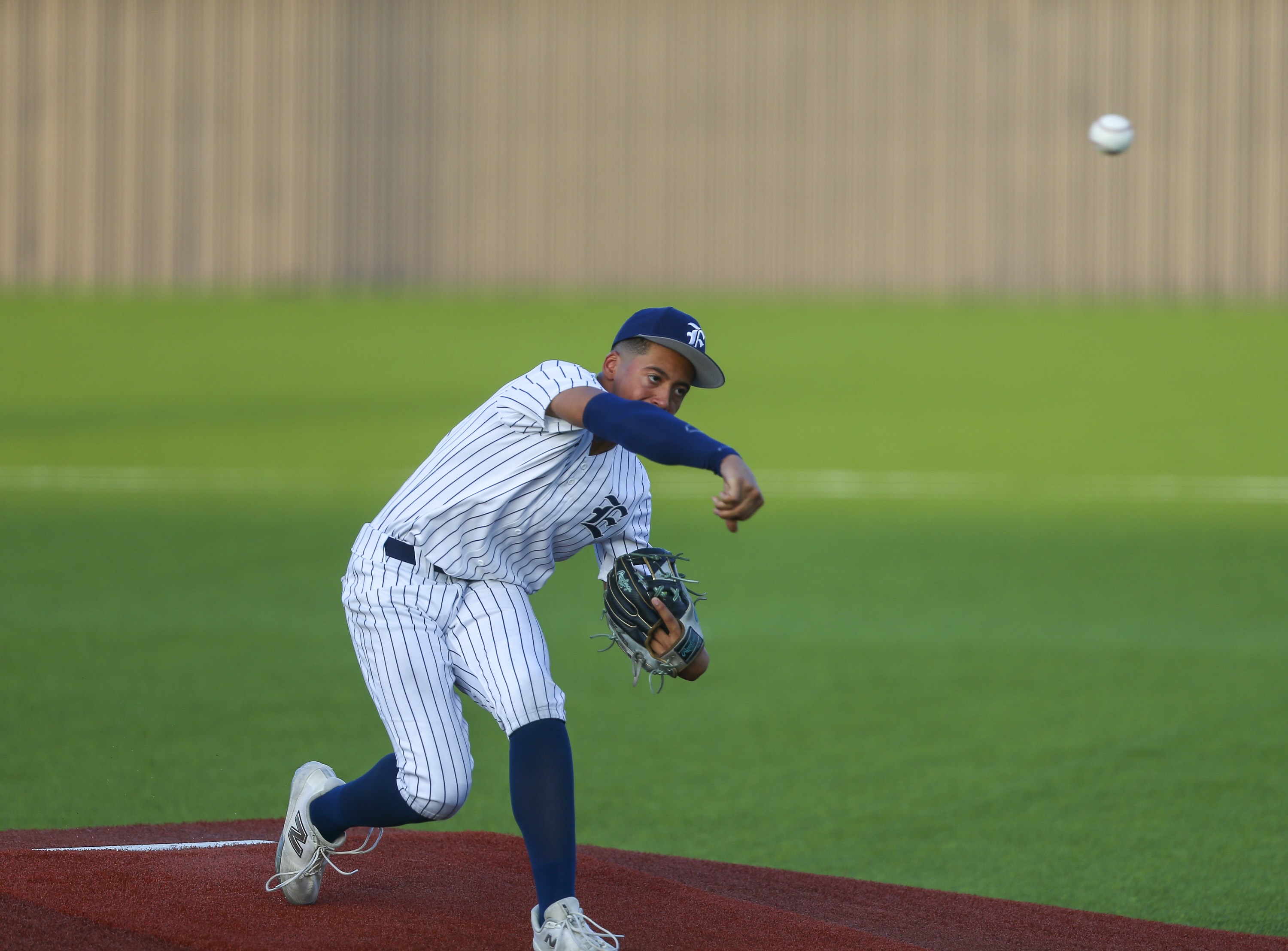
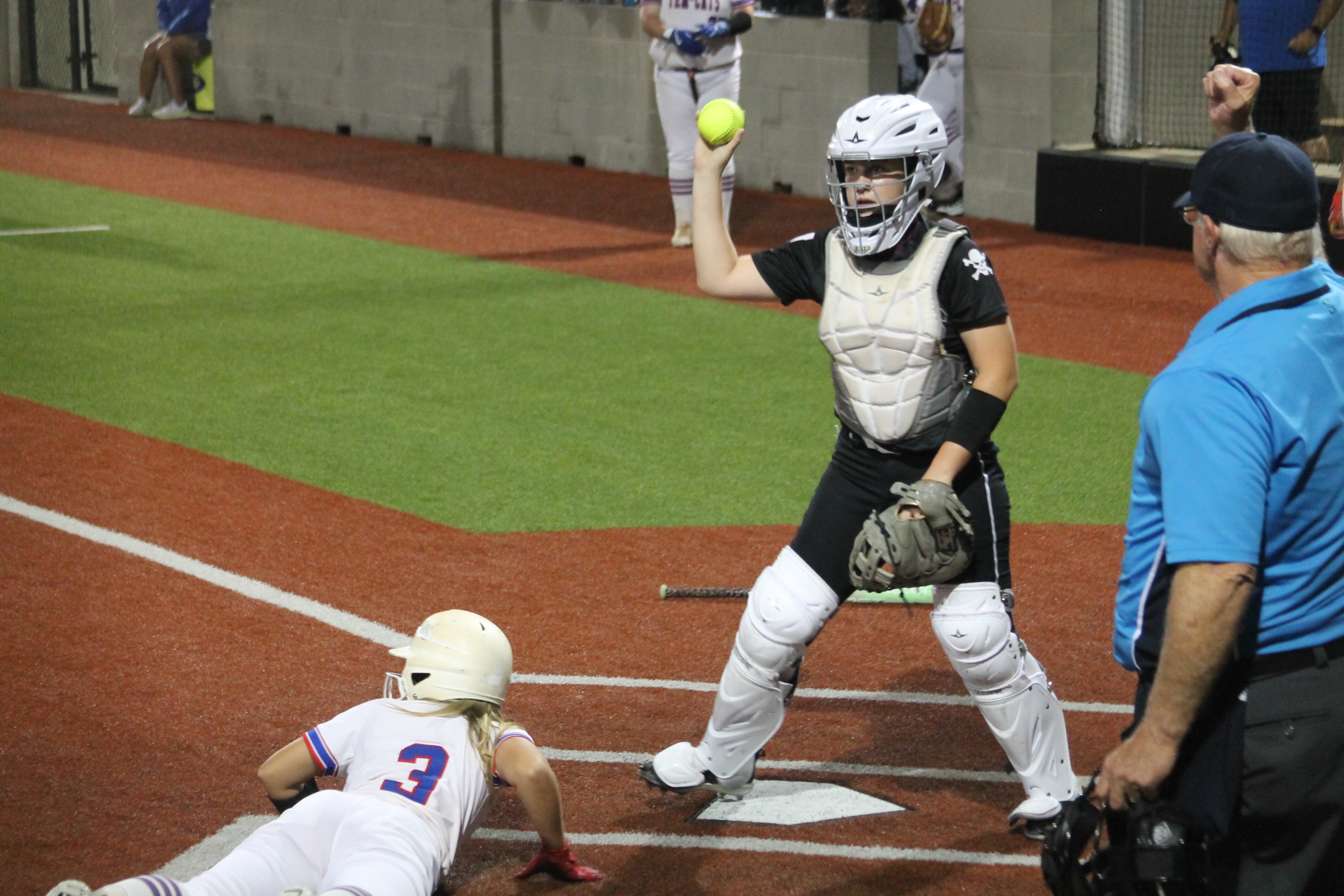
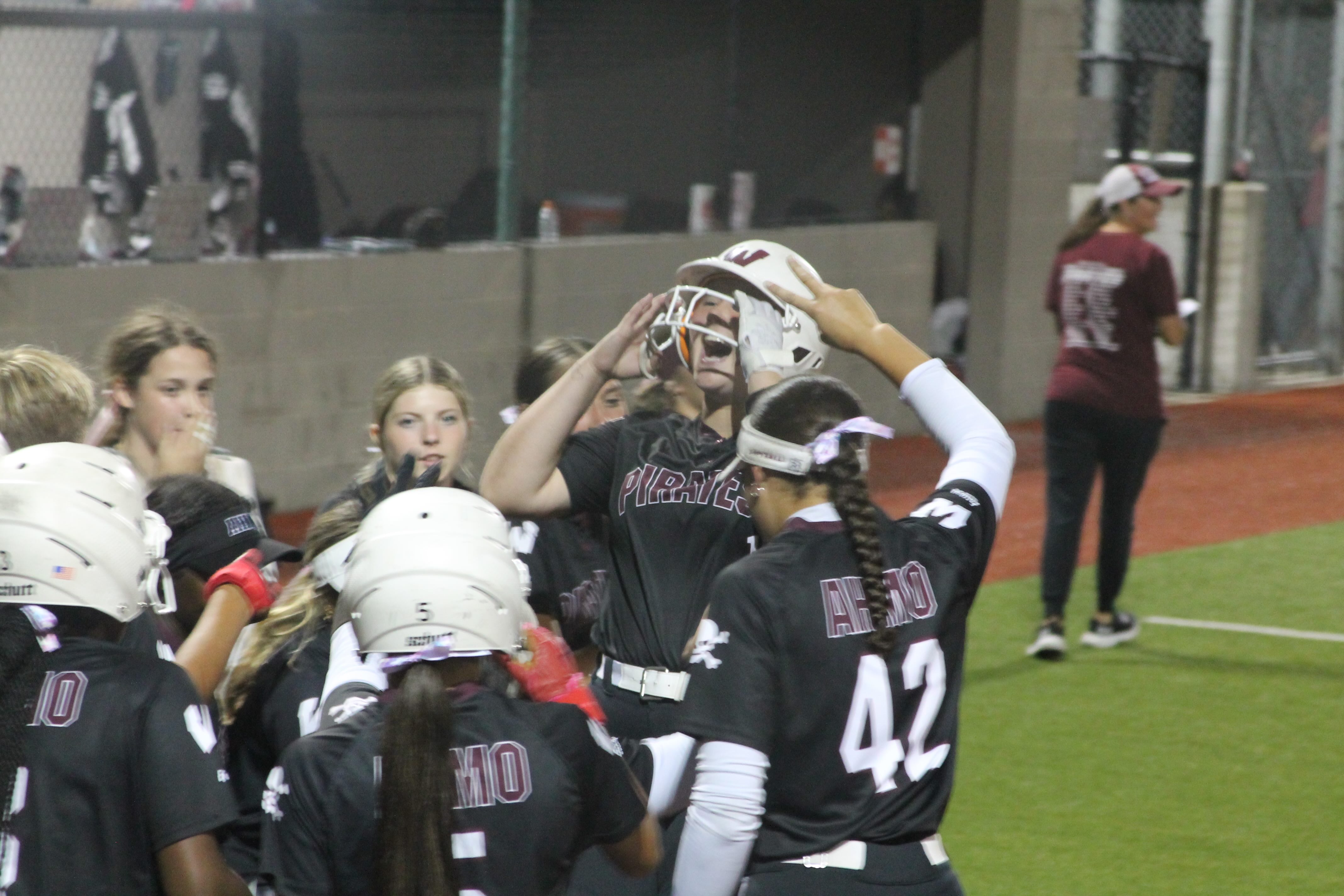
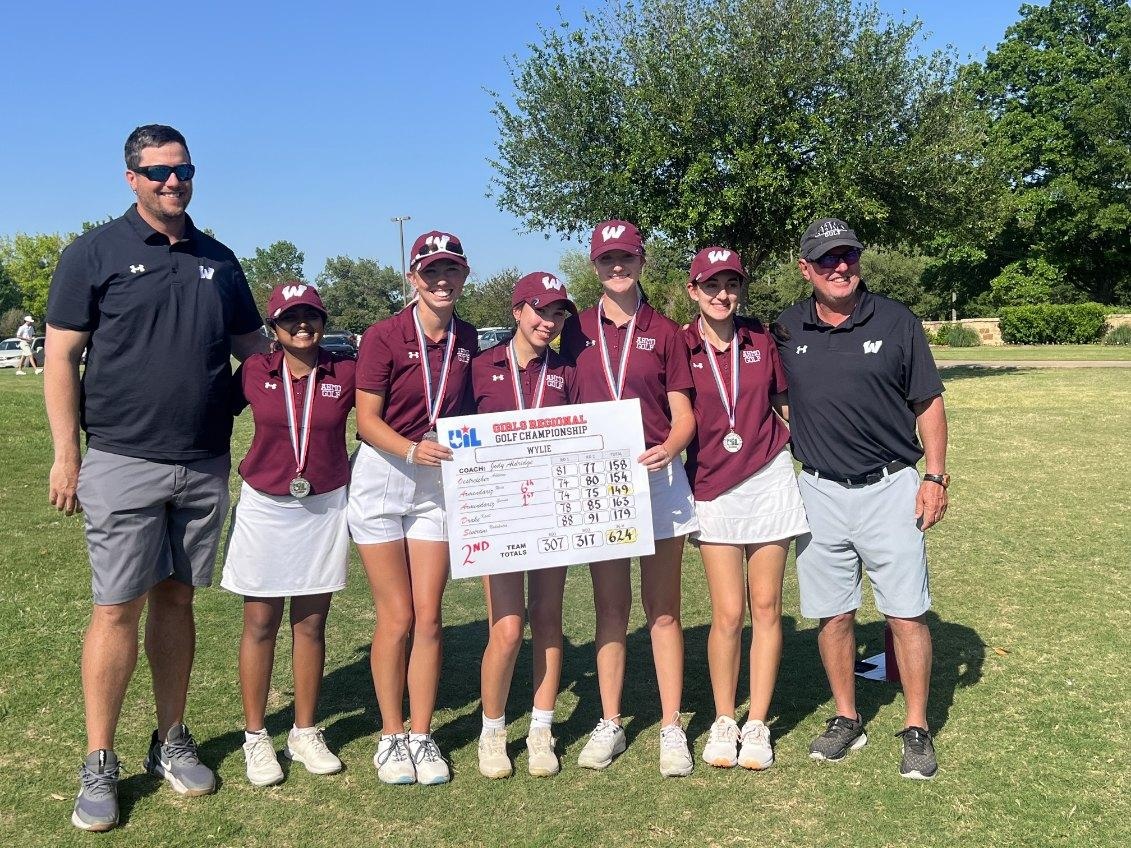


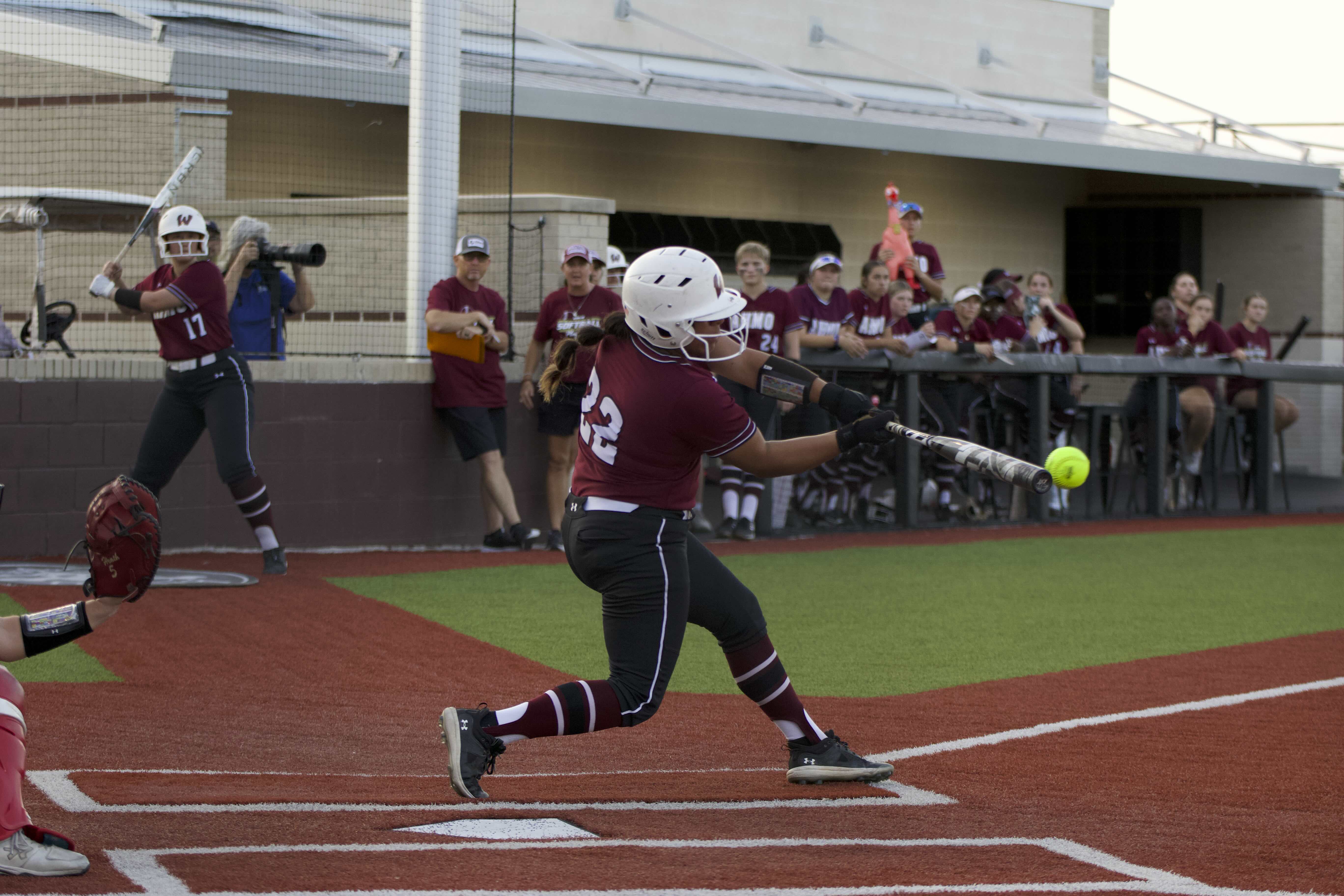







0 Comments